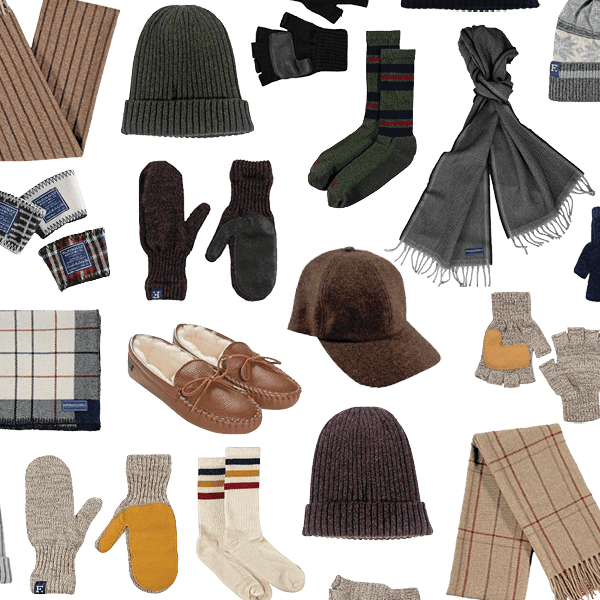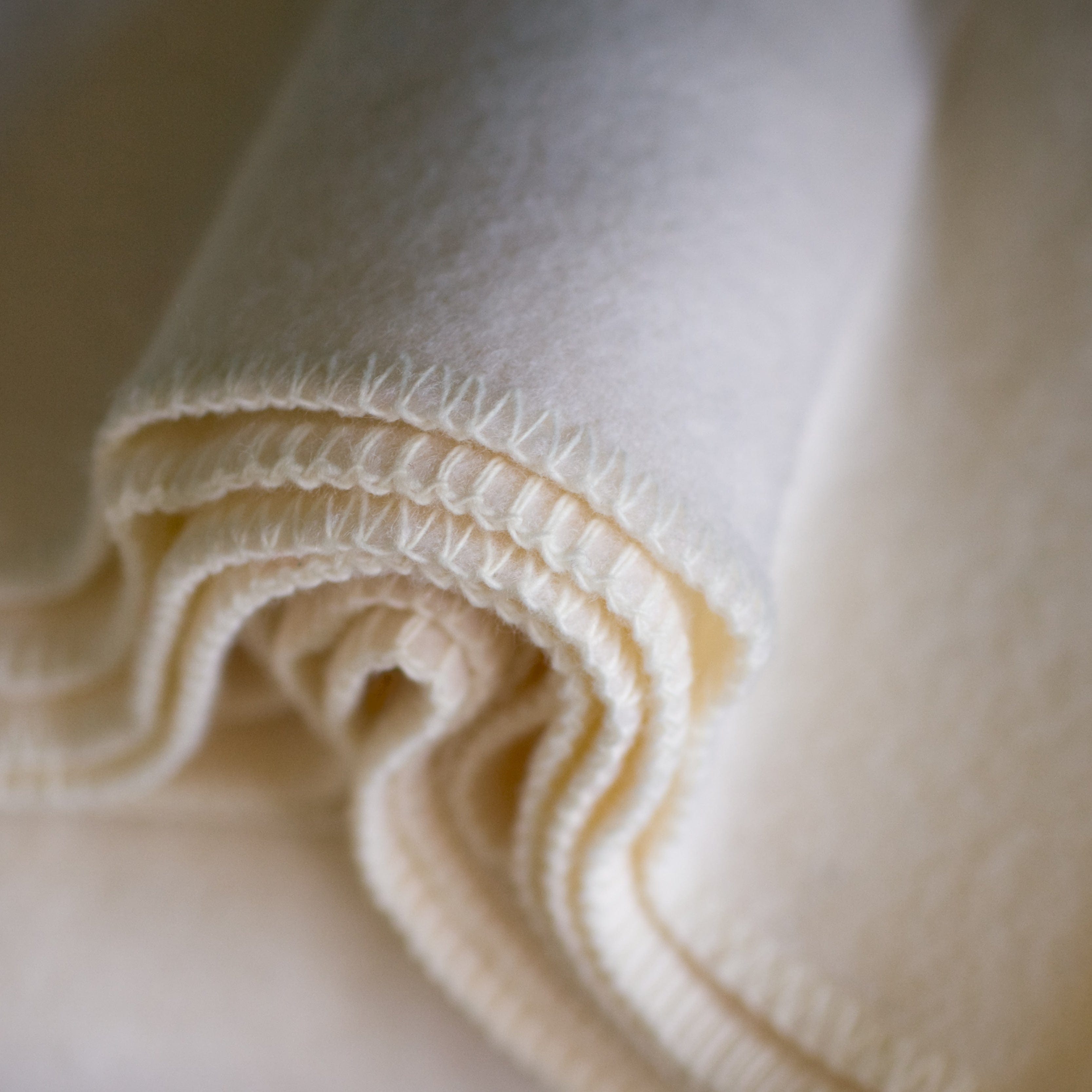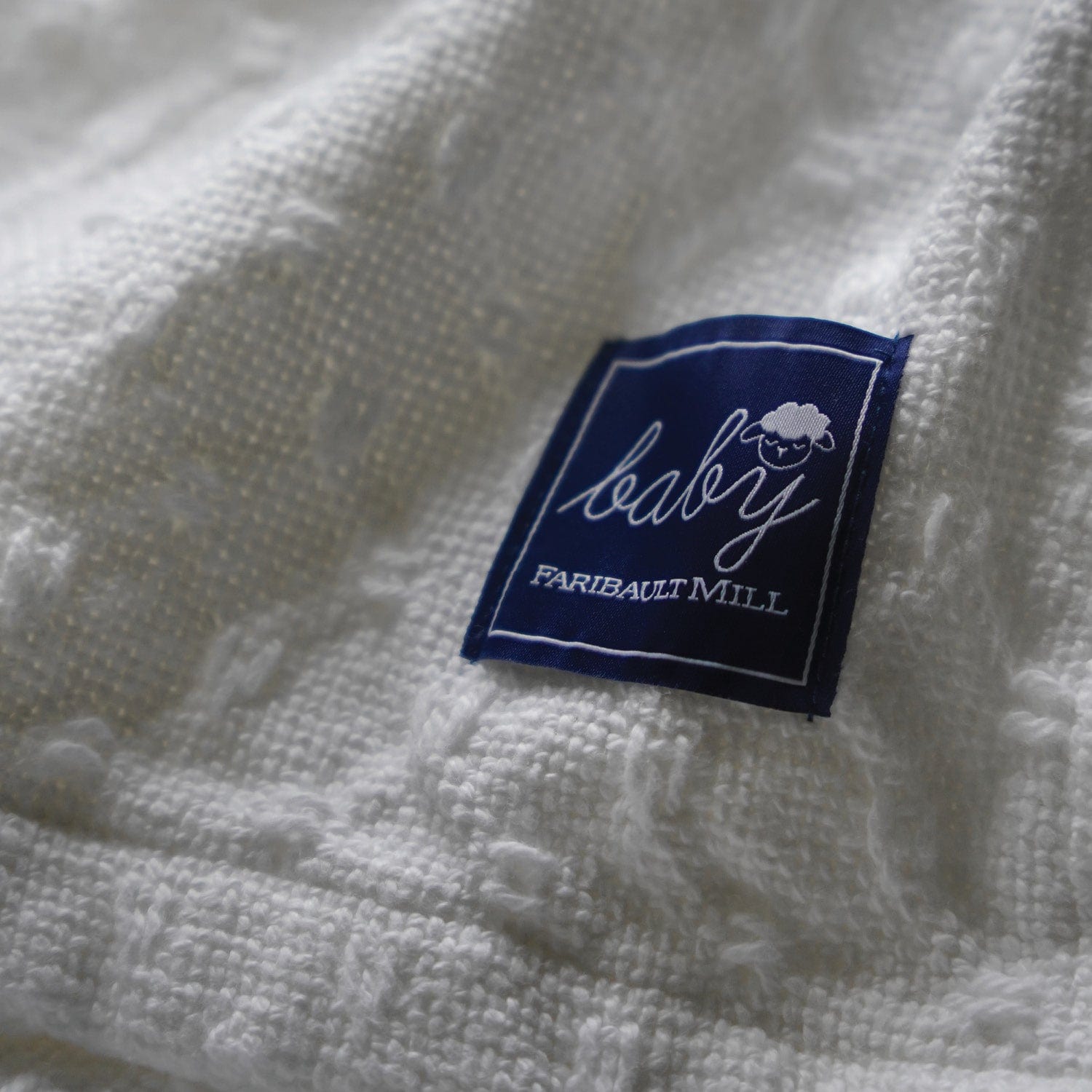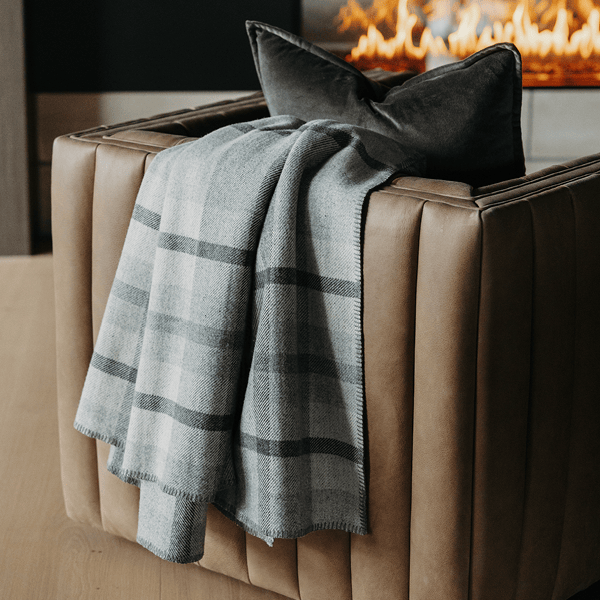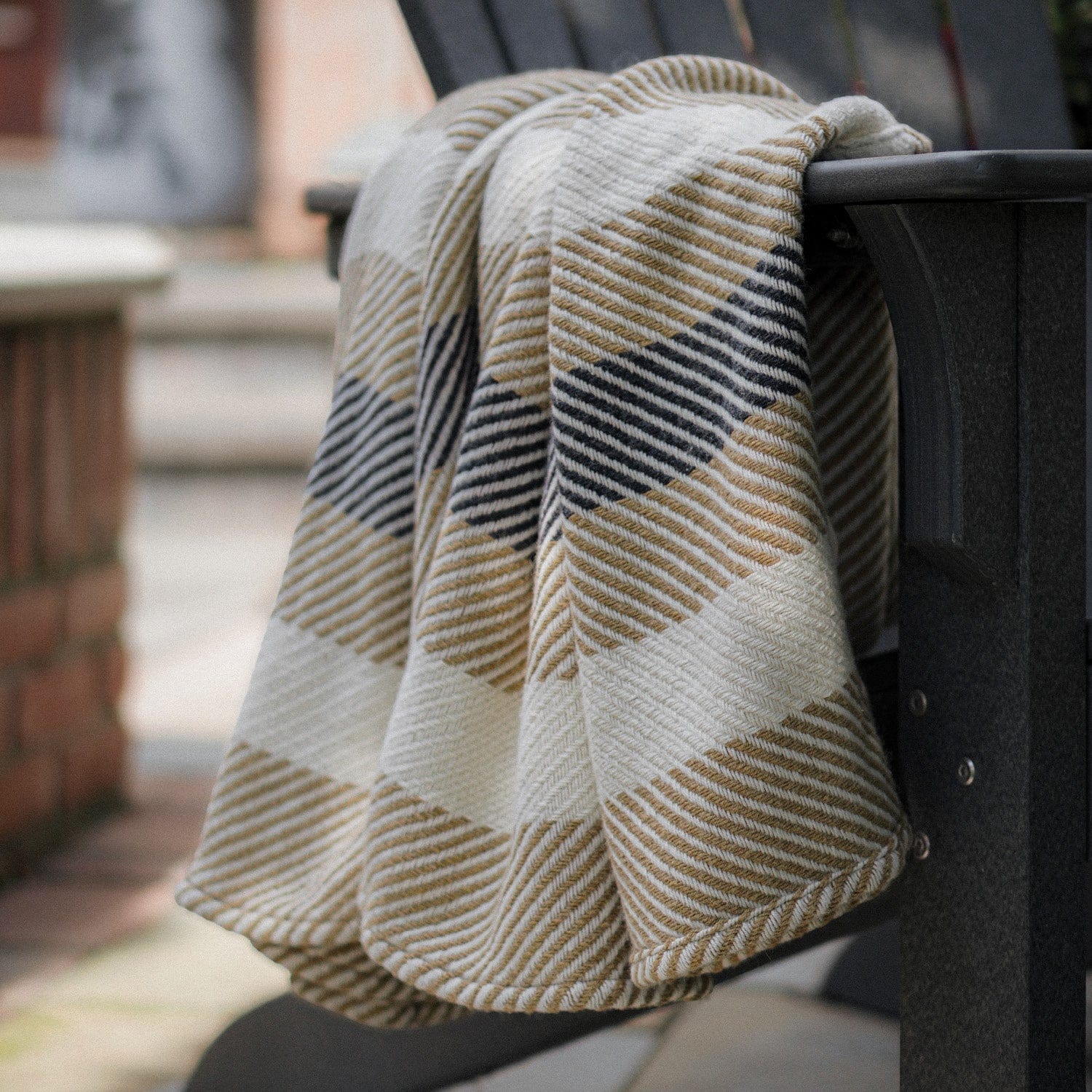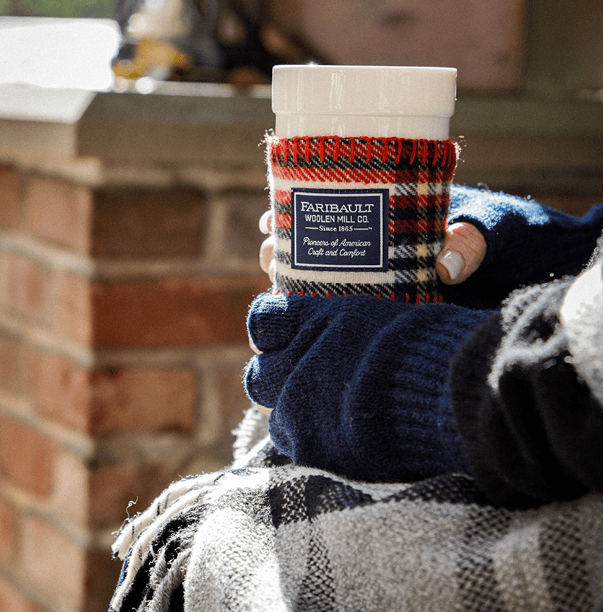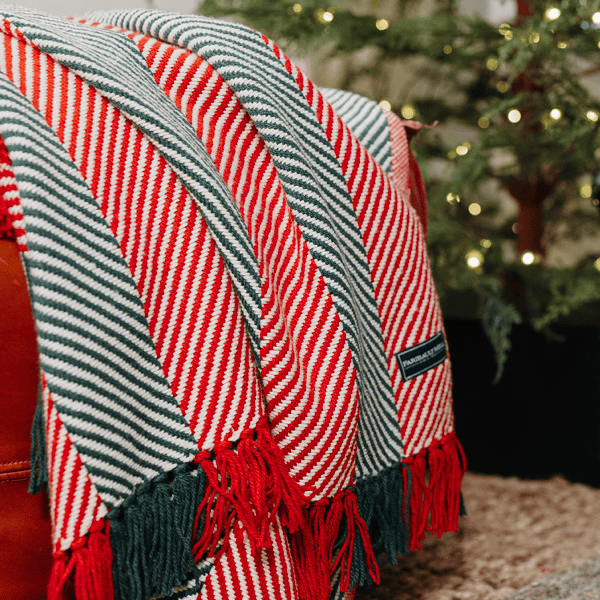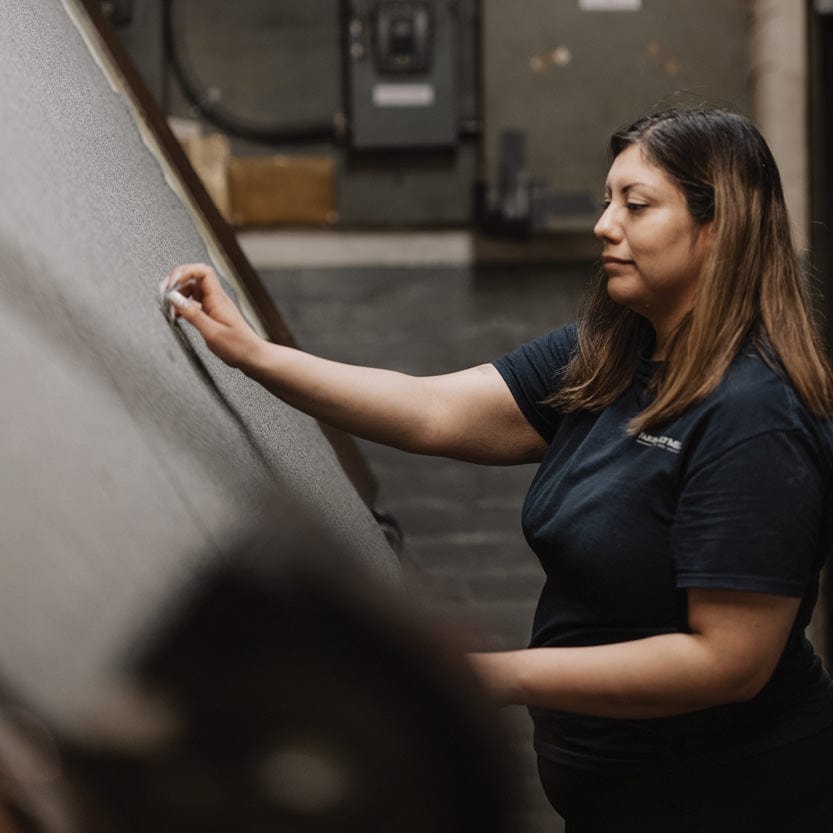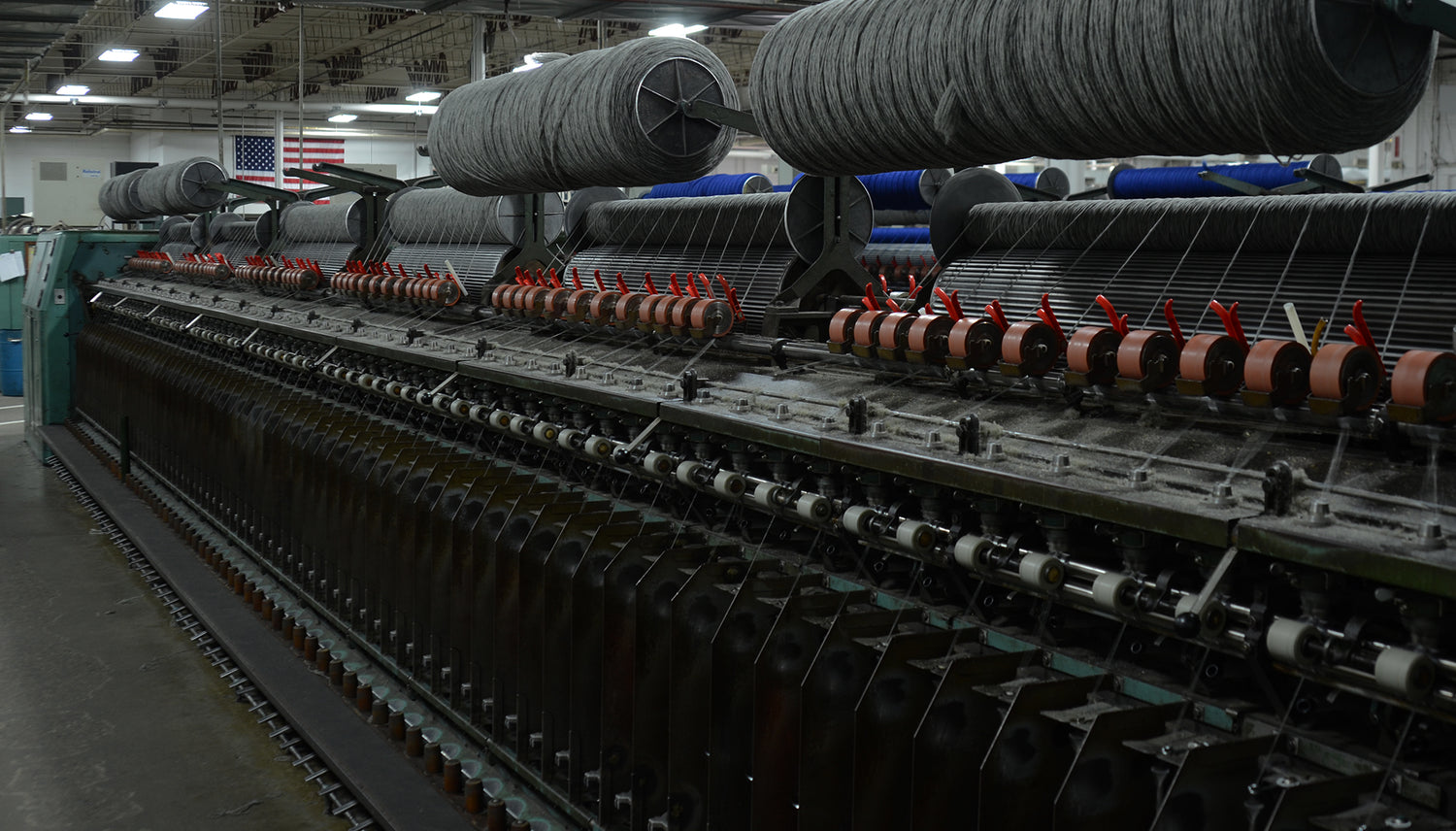His name was Carl Henry Klemer, and he was born near Berlin, Germany on January 20, 1824. Forty-one years later, with a carding machine powered by a single horse named Jenny, he started a wool business in the fledgling town of Faribault, Minnesota.
This is the story of how a legendary American manufacturing company came to be. Not the whole story, by any means. Just the very beginning. It’s about the founding of Faribault, the town. And how a hardworking immigrant set the wheels in motion for what would become the Faribault Woolen Mill Company.
The Town
A Fur Trading Frontiersman and The Founding of Faribault
Alexander Faribault must have lived a fascinating and adventurous life. His father was the notedFrench fur trader Jean-Baptiste Faribault who traded with the tribes along the Des Moines and Minnesota Rivers in the early 1800s and was imprisoned for refusing to enlist in the British Army during the War of 1812. Alexander’s mother was no less interesting. Elizabeth Pelagie Kinzie Hainse was the daughter of a Dakota woman. Her father was a British superintendent at Mackinac. 
Their son, Alexander Faribault was born in 1806 in Prairie du Chien, along the Mississippi River in present-day Wisconsin. At just 20 years old he had already established a trading post along the Cannon River. Then, in 1834, the popular outpost was moved to a new location near the Cannon’s junction with the Straight River in the spot that would become the town of Faribault.
It’s likely that Alex, as he came to be known, was well versed in Native American language, customs and culture. This would have helped keep his business concern thriving by assuring safe travel through the area for settlers. By 1853 the outpost had become a small town, with 17 families.
Alex’s signature is on the plat, filed on February 17,  1855, that established the name Faribault. At that time, the town was in growth mode. The next year, when he built the first wood framed house in town, there were already 20 buildings and 250 people in Faribault. The Alexander Faribault House is still standing and is listed on the National Register of Historic Places.
1855, that established the name Faribault. At that time, the town was in growth mode. The next year, when he built the first wood framed house in town, there were already 20 buildings and 250 people in Faribault. The Alexander Faribault House is still standing and is listed on the National Register of Historic Places.
It wasn’t an easy time on what was then considered the frontier. Men started leaving for the Civil War in 1861. The Dakota War brought the threat of violence by and against Native Americans to the region. But, through it all, 1865 was an eventful and exciting year for Faribault.
The area’s first steam-powered sawmill was humming along. Several major roads were now connecting the town to other trading locations. Then, in 1865, the railroad reached Faribault when the Minnesota Railway Company rolled into town. What better time for Carl Klemer to start a wool business in town.
The Mill
A German Cabinetmaker’s Journey To Wool Carding
Not much is known about the life of Carl Henry Klemer before he emigrated from Germany, likely by himself, in the mid-1840’s. He was a cabinetmaker by trade who made his way to Watertown, Wisconsin in 1848. Not long after, in Chicago, he met and married Fredricka Steffens.
In 1857, with two sons and one oxen-pulled wagon, the Klemers moved west to Nerstrand, Minnesota to farmstead. Farming, however, may not have suited Carl. Seven years later he sold the farm and moved to Faribault where he was hired by a man named Jacob Wandell as a cabinetmaker.
To understand what happened next, you need to know a little bit about how wool is made. The process, which has changed little for hundreds of years, starts, of course, with raw wool from sheared sheep. The key next step is called carding. A carding machine acts like a mechanical brush, combing through the wool, blending it, removing excess matter and causing the fibers to lie in the same direction. The resulting sheets of loosely twisted wool strands are called roving or batting. Roving can then be spun into yarn for the final step of weaving.
There are a couple of interesting theories about what motivated Carl Klemer to invest in a carding machine in 1865. Carl’s grandson Frank wrote in “History of Faribault Woolen Mills: 1865–1940” “that it was an old English carder who made the suggestion to Mr. Klemer that he buy a card and start carding wool for growers.” Another theory holds that Carl was influenced by an editorial in the Faribault Republicanthat claimed the town was in need of a carder to keep up with increasing sheep flocks in the area.

Whatever the reason, a milestone in American manufacturing history happened that day. On May 24, 1865, with a picker for prepping wool, a treadmill and one horse named Jenny for power, Carl Henry Klemer fired up his carding machine and Faribault Woolen Mill was born. In June the Faribault Republicanran an ad for the carding business at the corner of Fourth Street and Second Avenue Northwest. In fact, the original building still stands today, albeit without the steeples.
It was a modest start. At the time, Carl sold most of his wool as batting to women who took it home to stuff quilts or spin it into yarn. But a start it was.
On the muddy streets of Faribault in 1865 there’s little doubt that Alexander Faribault and Carl Klemer would have crossed paths. The excited new entrepreneur and the legendary fur trader turned town elder. But, at this point in time, so much of the history of Faribault, the town and the woolen mill, is yet to be written.
Faribault invites you to follow along as our story unfolds in a series of historical articles here on The Thread. If you haven’t yet, please subscribe to the e-newsletter and follow us on Instagram and Facebook.


